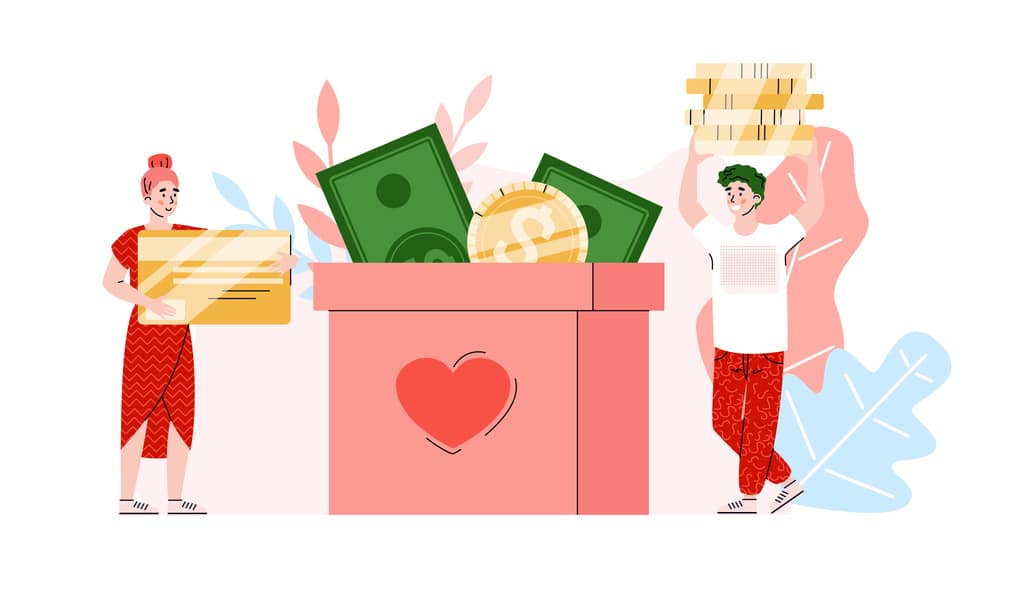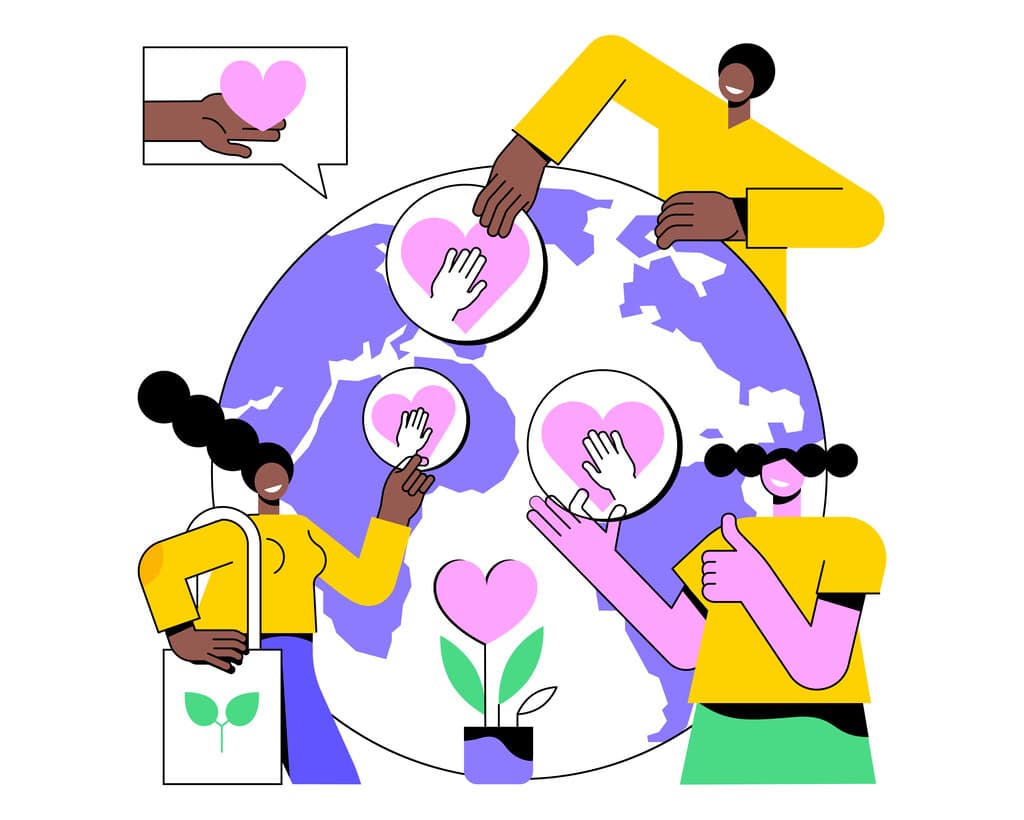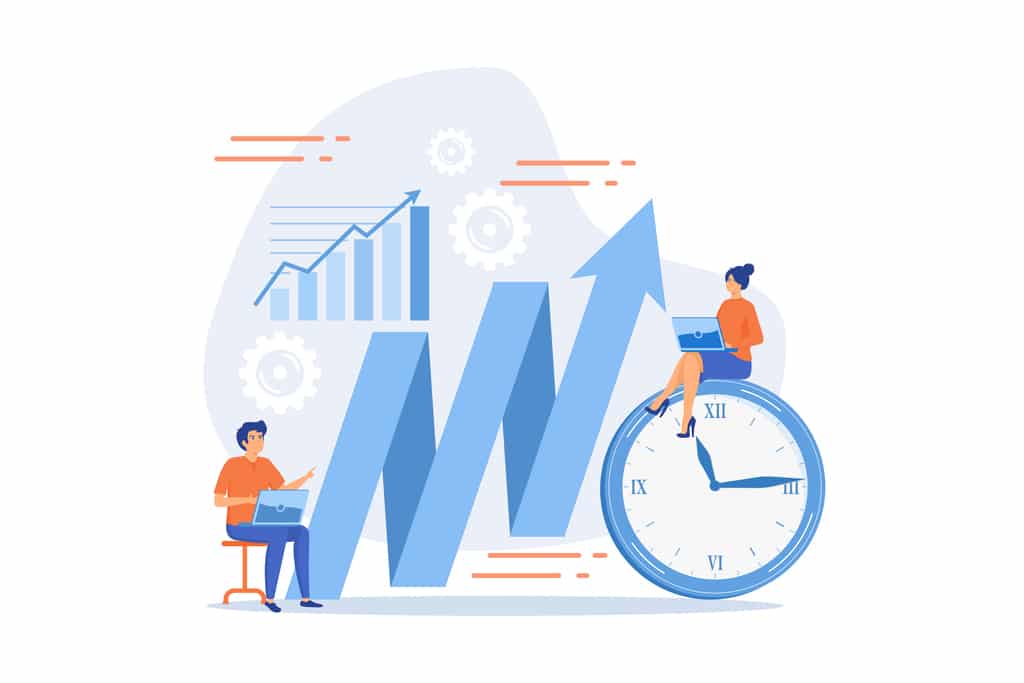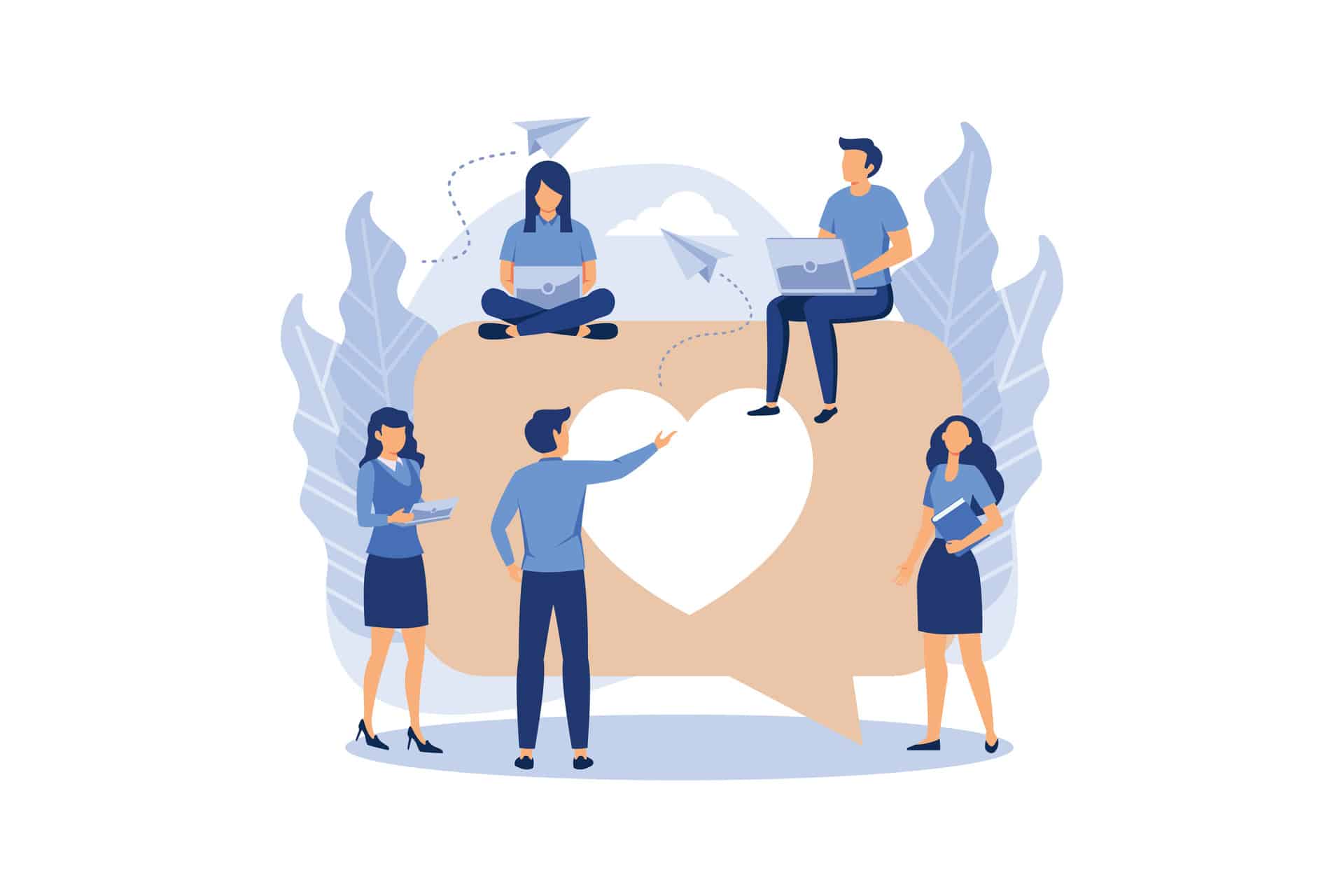Non-profit organizations often face challenges when it comes to achieving their goals due to various constraints such as limited resources, lack of technical expertise, and restricted budgets.
However, with the emergence of Artificial Intelligence (AI), non-profits can now leverage ChatGPT, an AI-powered chatbot, to help achieve their goals.
1. Understanding the Role of ChatGPT in Non-Profit Organizations
What is ChatGPT?
ChatGPT is an AI-powered chatbot that utilizes natural language processing (NLP) to understand human language and respond accordingly.
It is a type of conversational AI that simulates human-like interactions and can be used to automate various tasks such as customer service, lead generation, and marketing.
How does ChatGPT work?
ChatGPT uses machine learning algorithms to analyze large amounts of data and learn from them. It can then use this knowledge to generate responses to user queries or perform tasks based on user input.
For example, non-profits can use ChatGPT to answer frequently asked questions, provide information about their programs and services, or even automate their fundraising efforts.
Why is ChatGPT important for Non-Profits?
ChatGPT can help non-profits streamline their operations, reduce costs, and improve their outreach efforts.
By automating certain tasks, non-profits can focus on more pressing issues and allocate their resources more effectively.
ChatGPT can also provide 24/7 support to donors and clients, leading to increased engagement and donor retention.
2. Leveraging ChatGPT for Fundraising Efforts

How ChatGPT can help Non-Profits in Fundraising?
ChatGPT can help non-profits with their fundraising efforts by automating the donation process and making it easier for donors to give.
ChatGPT can also provide personalized donation suggestions based on a donor’s interests and giving history, increasing the chances of a successful donation.
Additionally, ChatGPT can help non-profits reach new donors by integrating with social media platforms and engaging with potential supporters.
ChatGPT vs Traditional Fundraising Techniques
Traditional fundraising techniques such as direct mail and phone calls can be time-consuming and costly.
ChatGPT, on the other hand, can automate these processes and provide a more personalized and efficient experience for donors.
ChatGPT can also help non-profits save on costs associated with fundraisings, such as printing and mailing expenses.
Real-life examples of Non-Profits using ChatGPT for Fundraising
Several non-profits have already started using ChatGPT to enhance their fundraising efforts.
For example, the American Cancer Society used ChatGPT to answer questions about their fundraising events and provide information about cancer research.
The chatbot was able to handle over 4000 conversations in just a few months, resulting in increased engagement and donations.
3. Improving Non-Profit’s Outreach with ChatGPT

How ChatGPT can help Non-Profits reach out to their audience?
ChatGPT can help non-profits reach out to their audience by providing personalized and timely responses to user queries.
It can also integrate with various communication channels such as social media and email, making it easier for non-profits to engage with their supporters.
Additionally, ChatGPT can help non-profits gather feedback and insights from their audience, which can be used to improve their programs and services.
Advantages of ChatGPT over traditional communication channels
Traditional communication channels such as phone and email can be slow and unresponsive, leading to poor engagement with donors and clients.
ChatGPT, on the other hand, provides instant responses and can handle multiple conversations simultaneously.
Another benefit of using ChatGPT for fundraising is the ability to customize the experience for individual donors.
With traditional fundraising techniques, donors may receive a generic message or appeal that doesn’t speak to their specific interests or concerns.
However, with ChatGPT, non-profits can create personalized conversations that are tailored to the individual donor’s interests and preferences.
This can help to increase the chances of a successful donation and foster a deeper connection between the donor and the organization.
4. Enhancing Non-Profit’s Efficiency with ChatGPT

How ChatGPT can help Non-Profits become more efficient?
Non-profit organizations can benefit from using ChatGPT not only for fundraising and outreach but also for their internal operations and administration.
ChatGPT can help non-profits become more efficient by automating certain tasks and streamlining communication between team members and stakeholders.
One of the main advantages of ChatGPT in this context is its ability to handle repetitive or routine tasks that would otherwise require human effort.
For example, ChatGPT can be used to automate responses to common queries or requests from donors, volunteers, or staff members. This frees up valuable time and resources for non-profits to focus on more complex or strategic tasks.
In addition, ChatGPT can improve communication and collaboration among team members by providing a centralized platform for sharing information and updates.
This can help to reduce miscommunications and delays that can occur with traditional communication methods such as email or phone calls.
ChatGPT vs Human Efforts
Compared to human efforts, ChatGPT can be more efficient and cost-effective, especially for smaller non-profits with limited resources.
While human efforts are valuable and necessary for many aspects of non-profit work, ChatGPT can help to augment and enhance these efforts by automating routine tasks and improving communication and collaboration.
Real-life examples of Non-Profits using ChatGPT for Operations and Administration
Real-life examples of non-profits using ChatGPT for operations and administration include the United Nations Development Programme (UNDP), which uses a chatbot to provide information and support to staff members around the world.
The chatbot can answer questions, provide updates on policies and procedures, and help with administrative tasks such as travel arrangements.
Another example is DoSomething.org, which uses a chatbot to onboard and train new staff members, as well as to provide ongoing support and resources.
Conclusion
In conclusion, non-profit organizations can benefit from using ChatGPT to improve their internal operations and administration.
By automating routine tasks and improving communication and collaboration, non-profits can become more efficient and effective in achieving their mission.

